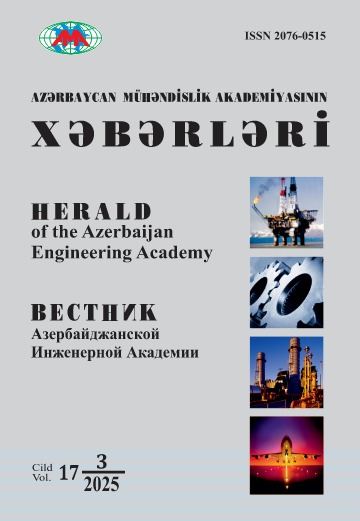Effects of Electrothermal Contact Resistance in Metal-Polymer Friction Pairs of Brakes
DOI:
https://doi.org/10.52171/2076-0515_2024_16_03_18_31Keywords:
friction pair, contact patch, microprotrusions, polymer and metal element, contact resistance, electrical and thermal resistivity, microprotrusion capacity, computer modelingAbstract
The article examines to the electrothermal contact resistance of moving and fixed joints. Movable resistances include the frictional interaction of microprotrusions of friction pairs, on the spots of which at the initial moment of time an electrical contact resistance is formed, which later becomes a thermal contact resistance. For two fixed coaxial cylinders, the task is to determine the magnitude of the contact specific loads depending on the heat flow passing through the second shell, its temperature and the physical and chemical characteristics of the materials. The electrothermal contact resistance in metal-polymer friction pairs of brakes under cyclic and long-term braking modes with variable dynamic coefficients of mutual overlap is that with discrete contact of microprotrusions under the influence of pulsed specific loads, their electrical contact resistance is formed in the surface layers of the friction pairs and in the volumes of microprotrusions and in the surface layers of friction pairs – their thermal contact resistance.
Downloads
Published
How to Cite
Issue
Section
License

This work is licensed under a Creative Commons Attribution-NonCommercial 4.0 International License.



